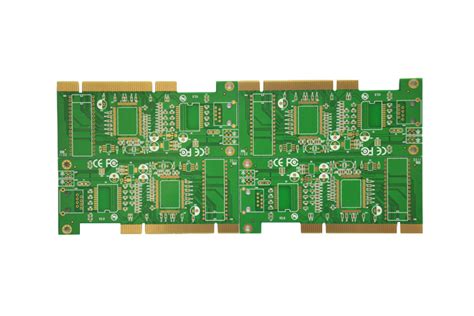What are the basic characteristics of PCB RF circuits?
Introduction
This article interprets the four basic characteristics of RF circuits from four aspects: RF interface, small desired signal, large interference signal, and interference from adjacent channels, and gives important factors that need special attention in the PCB design process.
I. RF interface of RF circuit simulation
Conceptually, wireless transmitters and receivers can be divided into two parts: baseband and RF. The baseband includes the frequency range of the input signal of the transmitter and the frequency range of the output signal of the receiver. The bandwidth of the baseband determines the basic rate at which data can flow in the system. The baseband is used to improve the reliability of the data flow and reduce the load imposed by the transmitter on the transmission medium under a specific data transmission rate. Therefore, when designing the baseband circuit of the PCB, a lot of signal processing engineering knowledge is required. The RF circuit of the transmitter can convert and up-convert the processed baseband signal to the specified channel and inject this signal into the transmission medium. On the contrary, the RF circuit of the receiver can obtain the signal from the transmission medium and convert and down-convert it to the baseband. Transmitters have two main PCB design goals: First, they must transmit a specific power while consuming the least power possible. Second, they must not interfere with the normal operation of transceivers in adjacent channels. For receivers, there are three main PCB design goals: First, they must accurately restore small signals; second, they must be able to remove interference signals outside the desired channel; and finally, like transmitters, they must consume very little power.

II. Large Interference Signals in RF Circuit Simulation
Receivers must be sensitive to small signals even when large interference signals (obstructions) are present. This situation occurs when trying to receive a weak or long-range transmission signal while there is a powerful transmitter nearby broadcasting in an adjacent channel. Interference signals may be 60~70 dB larger than the expected signal and can block the reception of normal signals by a large amount of coverage at the input stage of the receiver or by causing the receiver to generate too much noise at the input stage. If the receiver is driven into a nonlinear region by the interference source at the input stage, the above two problems will occur. To avoid these problems, the front end of the receiver must be very linear. Therefore, “linearity” is also an important consideration when designing a receiver on the PCB. Since the receiver is a narrowband circuit, nonlinearity is measured by measuring “intermodulation distortion”. This involves driving the input signal with two sine or cosine waves of similar frequency and located in the center band, and then measuring the product of their intermodulation. Generally speaking, SPICE is a time-consuming and costly simulation software because it must execute many cycles of calculations before it can obtain the required frequency resolution to understand the distortion situation.






